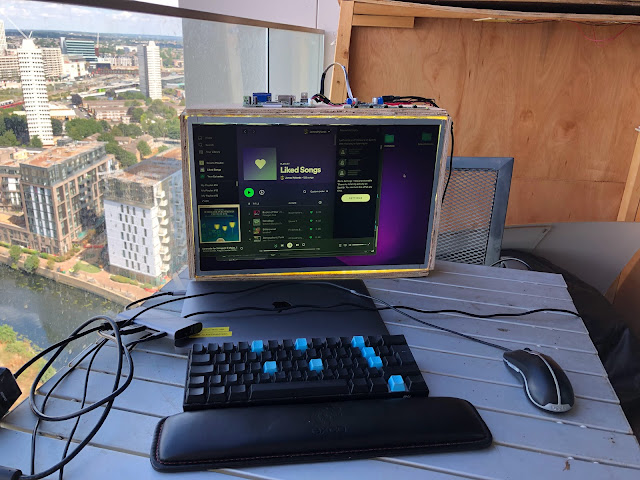The invincible 20 year olds
It is often said that people age 20 think of themselves as if they’re invincible. It’s an attribute most commonly given to young men in general. The idea of immortality is one which comes up in mythology a lot and sometimes it comes up within scientific circles. Bacon spent his life in search of finding ways to become immortal until, in perhaps an ironic way, his search killed him. When immortality is spoken about the concept of ageing is often also brought up, Tithonus comes to mind. Solving the problem of ageing through does not lead to immortality, although it may seem to be that way. Each year you live your chance of dying that year increases. This is how the ageing process manifests itself in this side of the numbers, growing from a low of 0.01% age 5 up to almost 40% age 100. What if instead, this didn’t rise. What if every year you had the same chance of...



